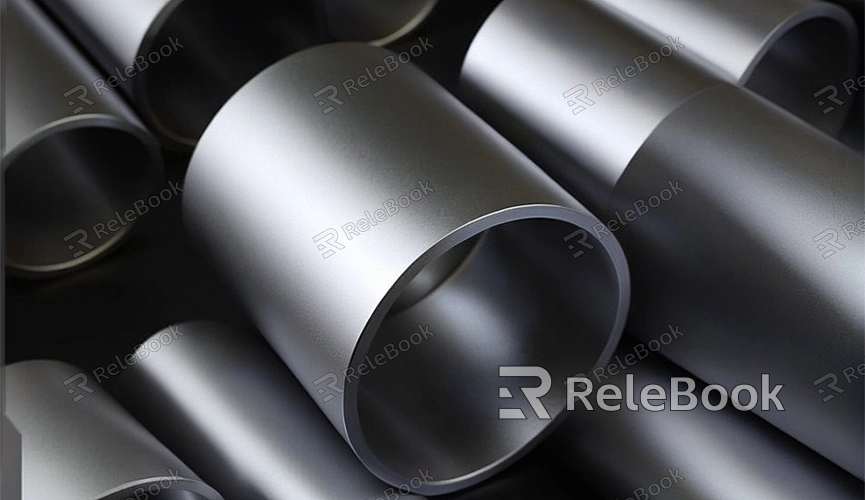Cast Iron Texture in Blender
Cast iron texture is a commonly used texture resource in 3D modeling and rendering. It simulates the characteristics of cast iron surfaces, such as granularity, gloss, and texture, adding a steady and rugged appearance to models. In Blender, by applying cast iron texture, you can give 3D models a look similar to cast iron material, enhancing the realism and visual effects of the models.
1. Import Texture Material: Import the cast iron texture material into the Blender project.
2. Application to Model: Apply the texture to the surface of the 3D model, ensuring that the model is ready to receive the texture.
3. Adjust Mapping: Adjust the texture mapping according to the size and shape of the model to achieve natural effects on the model's surface.
4. Adjust Material Parameters: Depending on the requirements, adjust parameters such as the color and glossiness of the cast iron to achieve the desired effect.
5. Adding Details: Add additional details such as rust and wear as needed to enhance the realism and visual effects of the model.

Different parameter adjustments yield different rendering effects. Here are common rendering scenarios for this 3D texture in Blender:
1. Architectural Decoration: Used to simulate cast iron textures on building structures or decorative surfaces, giving buildings a sturdy and steady appearance.
2. Industrial Equipment: Applied to the surfaces of industrial equipment or mechanical models, making them look more realistic and authentic.
3. Landscape Design: Suitable for simulating cast iron railings, flower stands, etc., in garden landscapes, adding a quaint and steady atmosphere to the scenery.
4. Interior Decoration: Used to simulate cast iron textures on the surfaces of indoor furniture or decorative items, enhancing the design sense and personality of interior spaces.
5. Scene Construction: Applied to the ground, walls, etc., in scene construction, adding a steady and rugged atmosphere to the scene.
The use of cast iron texture is to increase the realism and visual complexity of object surfaces, especially when simulating objects made of cast iron. Cast iron texture adds extra details and texture by simulating the rough and uneven surface characteristics unique to this metal. This texture is crucial for creating 3D models with a realistic metal appearance, whether in industrial design, architectural visualization, game development, or filmmaking.
Enhanced Realism: By accurately simulating the natural characteristics of cast iron surfaces, such as roughness, minor cracks, and irregular gloss, cast iron texture adds realism to objects, making them look more like real cast iron.
Increased Visual Depth: Cast iron texture provides additional visual depth and detail to models by adding subtle surface irregularities, enhancing the overall visual appeal.
Enhanced Material Sensation: In 3D rendering, using textures correctly can greatly enhance the sensation of materials, allowing viewers to understand what objects are made of through visual clues.
Cast iron texture is one of the commonly used texture resources in Blender. Through proper use and adjustment, it can add detail, realism, and visual effects to 3D models. Flexibly applying cast iron texture in different scenes and projects can add a steady and rugged appearance to works, enhancing the rendering effects and aesthetics of models.

